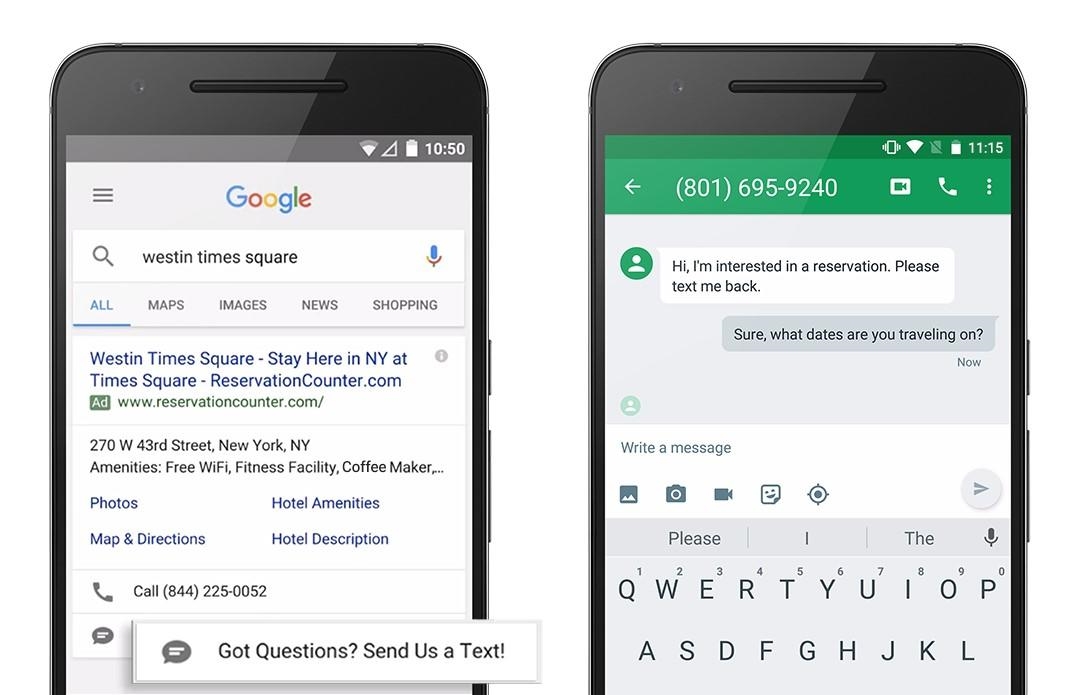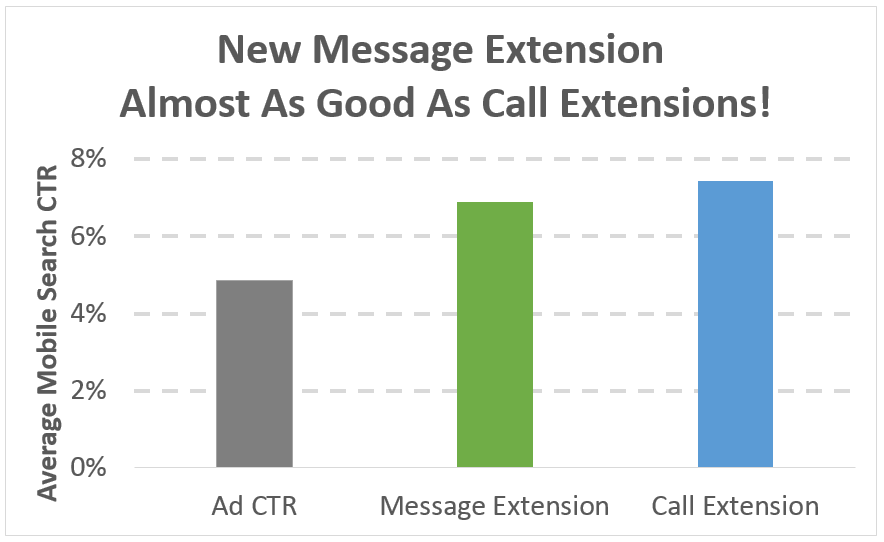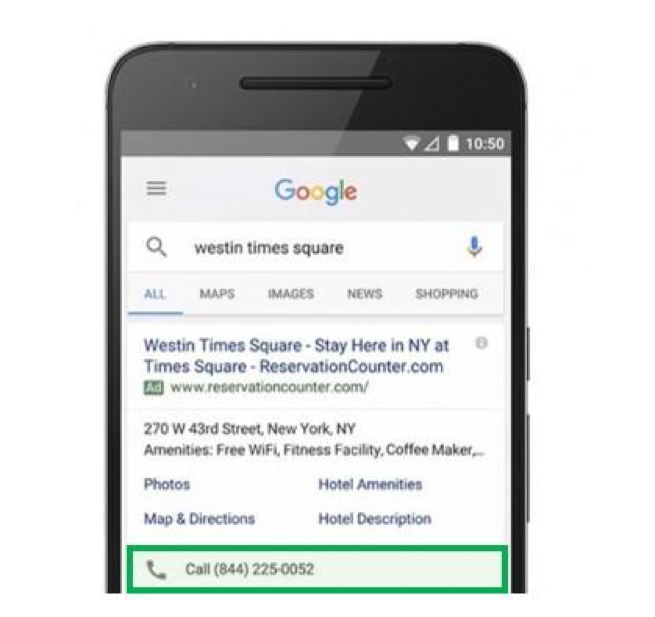Google Ads is Killing Message Extensions—What You Need to Do NOW
Google’s ad extensions have continued to grow and improve over the years, but it looks like nothing is forever. Exactly two years since Google killed off review extensions, it named its next victim on the SERP: message extensions.
In a post on the Google Ads Developer Blog, Google announced that starting January 27, 2020, message extensions will no longer serve. After that date, advertisers will not be able to create new or edit existing message extensions.
Advertisers will still be able to view and download the performance data of their message extensions until the end of 2020.
Message extensions in memoriam
Message Extensions are the latest feature to be killed off by Google, but what were they?
In 2016, Google released message extensions to AdWords, enabling a user to click to text a business directly from their search ads. Google had previously found that advertisers and searchers alike loved call extensions, so the next evolution to allow a user to text a business seemed obvious.

In 2018, Google expanded support for message extensions, enabling users to better track conversions by using a forwarding number and allowing advertisers to forward these inbound leads to an email address rather than a number.
Message extensions helped advertisers both attract more customers and certainly helped boast the performance of their mobile search ads. Upon implementation, advertisers noticed almost a 50% higher mobile CTR with message extensions:

Unfortunately, Google’s giving message extensions the axe in a month, so advertisers will have to adjust their campaigns and find new ways to attract mobile searchers.
What should I do to prepare my Google Ads account?
While January 26, 2020, is the final day that your message extensions can bring you customers on the SERP, you don’t need to wait until January 27 to prepare for the change.
1. Review your message extensions data NOW
Google won’t be removing any of your old message extension data until then end of 2020, so you’ll be able to review their performance for a while. Accounts that relied on mobile search will be far more impacted than those who focused on desktop and will need to be particularly agile in the coming months to adjust for this change. If you discover that message extensions were a key driver of clicks and conversions within your account, you’ll need to find new ways to convert mobile searchers.
2. Use call extensions
Call extensions are a classic and staple in Google Ads accounts for one reason—they work! Call extensions will allow searchers to see your phone number from your search ad and then click to place a call directly to your business.
Best of all—they’ll show on all devices, including desktop so you can expect them to drive even more calls than message extensions did!

3. Try Google’s new lead form extensions
Google recently released a new ad extension that allows you to capture more than just a prospect’s phone number from the SERP. Google’s new lead form extension allows searchers to submit a complete lead form, including their name, number, email, and location directly from the SERP. Just like message extensions, the submission is fast and requires only two clicks to get in touch with the advertiser. Early testing has also shown great results, so agile advertisers can win back some lost leads from message extensions with these new lead form extensions.

4. Adjust your mobile strategy
Message extensions only showed on mobile devices and their loss will be felt hardest by accounts with more mobile traffic. With fewer mobile conversions coming through, you may need to reevaluate your mobile bid adjustments to make sure that you’re not wasting more money on mobile than before! As you look to attract more mobile searchers with calls than before, now may also be a great time to explore with some advanced mobile bid adjustments, such as call bid adjustments to help make your call extensions show even more often on the SERP!
Digital & Social Articles on Business 2 Community
(12)


